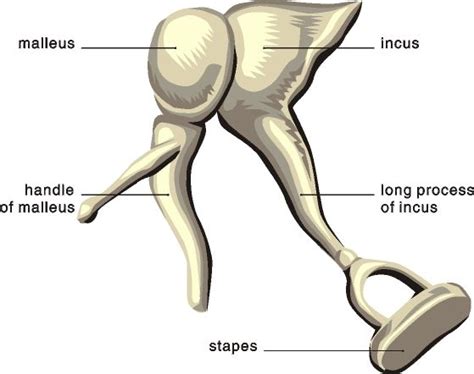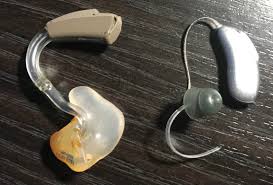Middle Ear Bones… They’re small!
Bones of the Middle Ear Did you know, the smallest bones in the human body are in the Middle Ear! It's true! These 3 little bones, collectively know as the ossicles, are the Malleus, Incus, and Stapes. Also know as the Hammer, Anvil, and Stirrup based on how they look. Middle Ear Fun Facts I don't know about you, but I like random fun facts, so here are a few about the middle ear! These bones are the smallest in the human body! They are small enough all 3 can fit on a dime. You can see the Malleus (Hammer) on the eardrum when looking into someone's ear. If damaged, these bones can now be surgically replaced! Talk about a tiny replacement part! They can vibrate as much as 20,000 times per second. The ear bones are the only ones that do not continue to grow after birth. Without these small bones, you would have moderate to severe hearing loss. You can have arthritis of the middle ear. It's true! This is called Otosclerosis, a hardening of the bones. Amazing how something so small can have such a large impact on our hearing. See Them In Motion To see how the ear works and how the middle ear bones move, check out the video below. Middle Ear from 0:22 to 0:47 Youtube: https://youtu.be/eQEaiZ2j9oc Do you know any other fun facts about the middle ear bones? Or the ear in general? Leave them in the comments below. For more fun facts, check...


Recent Comments